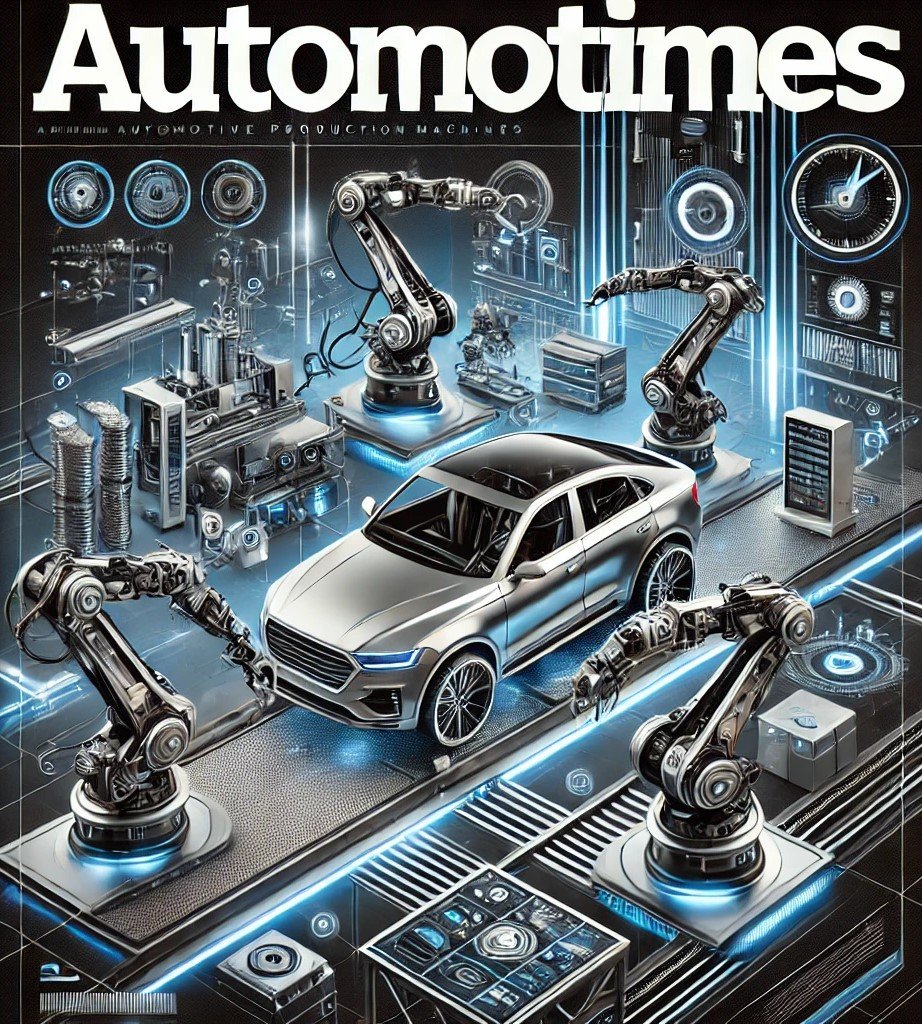The brake dust particle filters market is projected to experience an impressive 24.5% compound annual growth rate (CAGR) over the next several years, highlighting the growing demand for solutions aimed at reducing the environmental impact of brake wear. These filters are specifically designed to capture fine particles and particulates released during braking, which contribute to air pollution and pose health risks to both drivers and pedestrians. As urbanization increases and environmental regulations become stricter, the need for efficient brake dust filtration technologies is expected to grow rapidly.
A significant driver for this market surge is the growing awareness of the harmful effects of brake dust on the environment and human health. Brake dust, primarily composed of metals like copper, iron, and nickel, can negatively impact air quality, especially in urban areas with heavy traffic. This has led to the adoption of brake dust particle filters as a key solution for mitigating the impact of brake wear emissions. By capturing and reducing these harmful particles, the filters contribute to a cleaner environment, aligning with broader efforts to improve sustainability in the automotive sector.
The adoption of brake dust particle filters is also being driven by increasingly stringent regulations aimed at improving air quality and reducing emissions from vehicles. Many countries and regions, especially in Europe and North America, have started implementing more rigorous vehicle emission standards, including for brake wear. As regulations become more stringent, automakers are compelled to incorporate brake dust filters into their vehicles to comply with these rules, pushing the market for these filters to new heights.
In addition, the rise in the production of electric vehicles (EVs) is expected to contribute to the growth of the brake dust particle filters market. While EVs do not produce emissions from exhaust systems, they still rely on brake systems that generate dust. In fact, the increased weight and braking needs of electric vehicles, especially those with heavy batteries, can lead to more brake dust. As EV adoption rises, the demand for brake dust particle filters will likely expand in tandem.
The aftermarket segment is also poised to witness significant growth. With the increasing awareness among consumers regarding the harmful effects of brake dust, more individuals are expected to seek out replacement filters and other upgrades for their vehicles. This trend, combined with the growing number of vehicles on the road, will further drive demand for brake dust filters in the coming years.
Overall, the brake dust particle filters market is set to surge at a 24.5% CAGR, driven by a combination of regulatory pressures, consumer awareness, and technological advancements. As automakers and consumers alike continue to prioritize sustainability and air quality, brake dust particle filters will become an integral part of the automotive industry’s efforts to reduce emissions and promote environmental responsibility. This market growth reflects a larger movement toward cleaner, more efficient vehicles, contributing to the global push for greener transportation solutions.
















